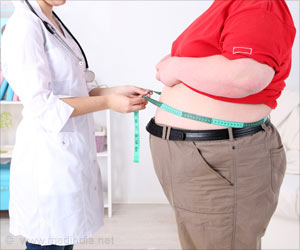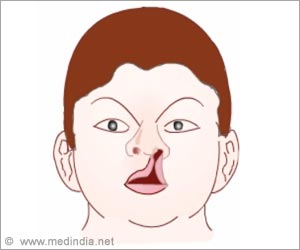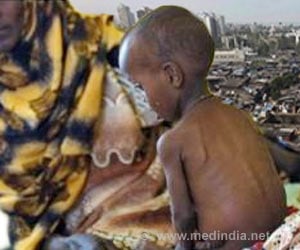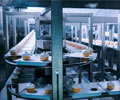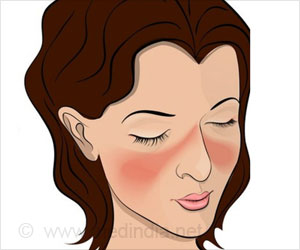Trips made by car were much more likely to result in a junk food purchase than those made by an active mode of travel.
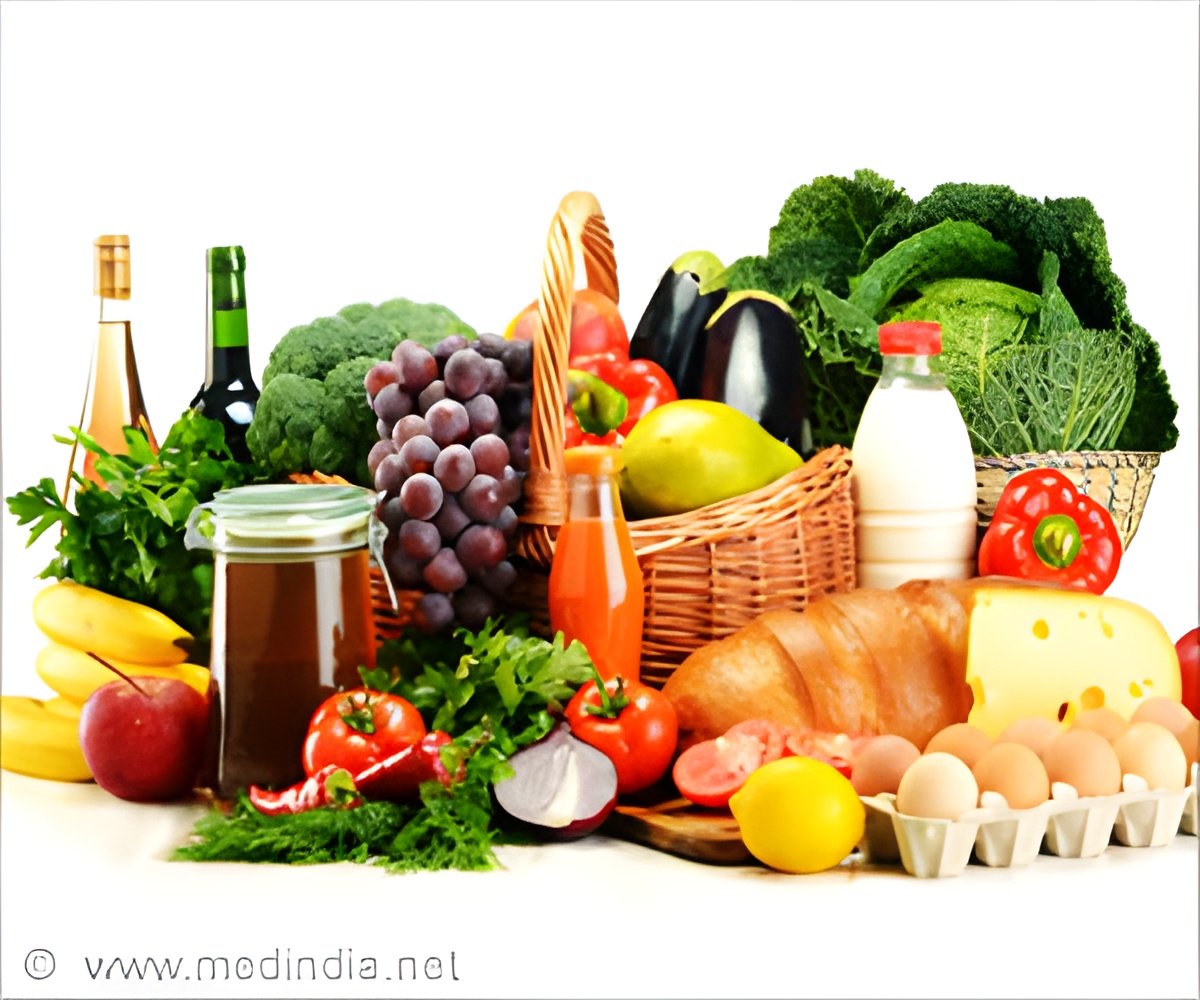
‘Exposure to junk food outlets have a significant effect on a child's likelihood of making a junk food purchase.’





Results showed that exposure to junk food outlets had a significant effect on a child's likelihood of making a junk food purchase. Of all trips where a child was exposed to a junk food outlet, 1 in 20 included a junk food purchase. The length of time that a child was exposed significantly increased their chances of making a purchase, increasing from 1.7% at less than one minute of exposure to 16% at 16 to 17 minutes of exposure. In addition, trips home from school were much more likely to be associated with a junk food purchase than trips to school. "This study provides strong evidence that a child's surrounding food environment affects their food purchasing behaviour," says Dr. Gilliland, also Director of the Urban Development Program and Professor in the Department of Geography at Western University. "Unlike past studies, these results provide strong accuracy through the use of GPS technology to more precisely capture exposure."
Dr. Gilliland's team also found that trips made by car were much more likely to result in a junk food purchase than those made by an active mode of travel. These odds increased significantly with length of exposure. Exposure while riding the bus did not result in a junk food purchase, due to limited mobility and school board restrictions.
"These results show that trips by car, under adult supervision, are more likely to result in a junk food purchase," says Dr. Gilliland. "This suggests the powerful influence that parents can have on their children's eating habits and the need to be mindful of this. It also suggests that an active mode of travel may be healthier, not only for physical activity, but also for nutrition."
The study found that trips made by females were more likely to result in a junk food purchase at all levels of exposure than those made by males. Females were 2.5 times more likely than males to make a junk food purchase after 5 minutes of exposure and 3 times more likely to make a purchase after 15 minutes of exposure. Dr. Gilliland suggests this may be due to female adolescents having more money in the Canadian culture of babysitting, but also cites the importance of health promotion campaigns that target males and females separately.
Advertisement
In addition, the study highlights the need to educate adolescents in making healthy food choices. One way Dr. Gilliland and his colleagues are working to make healthy eating attractive is through the use of a smartphone app - SmartAPPetite. Dr. Gilliland created this app to remove barriers to finding local and healthy foods in southwestern Ontario. "We may not be able to change the landscape of our food environments overnight," says Dr. Gilliland. "But we can work to promote healthy eating in innovative ways."
Advertisement

